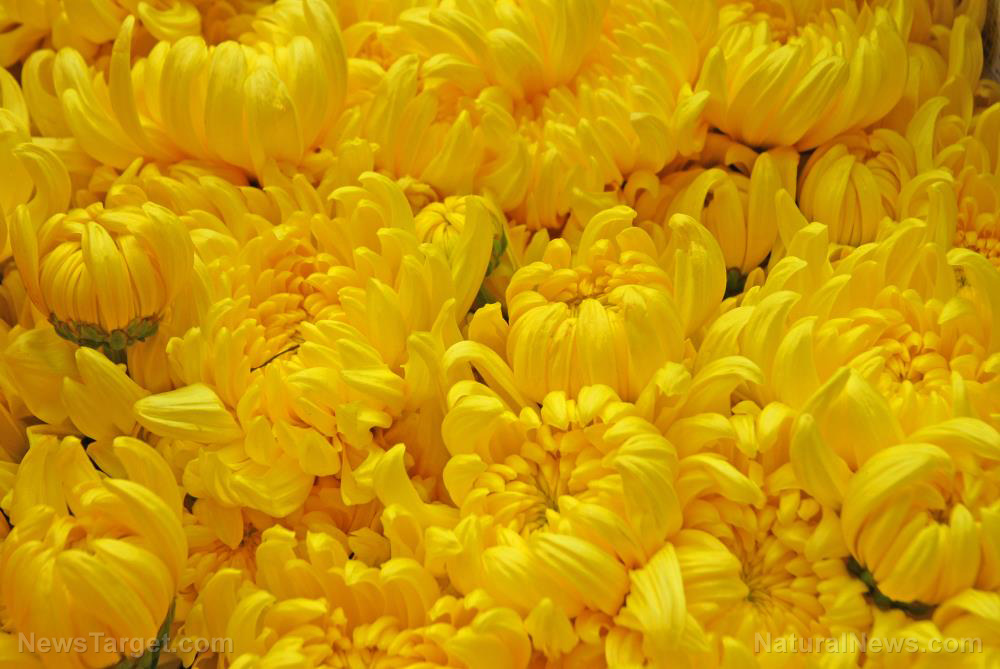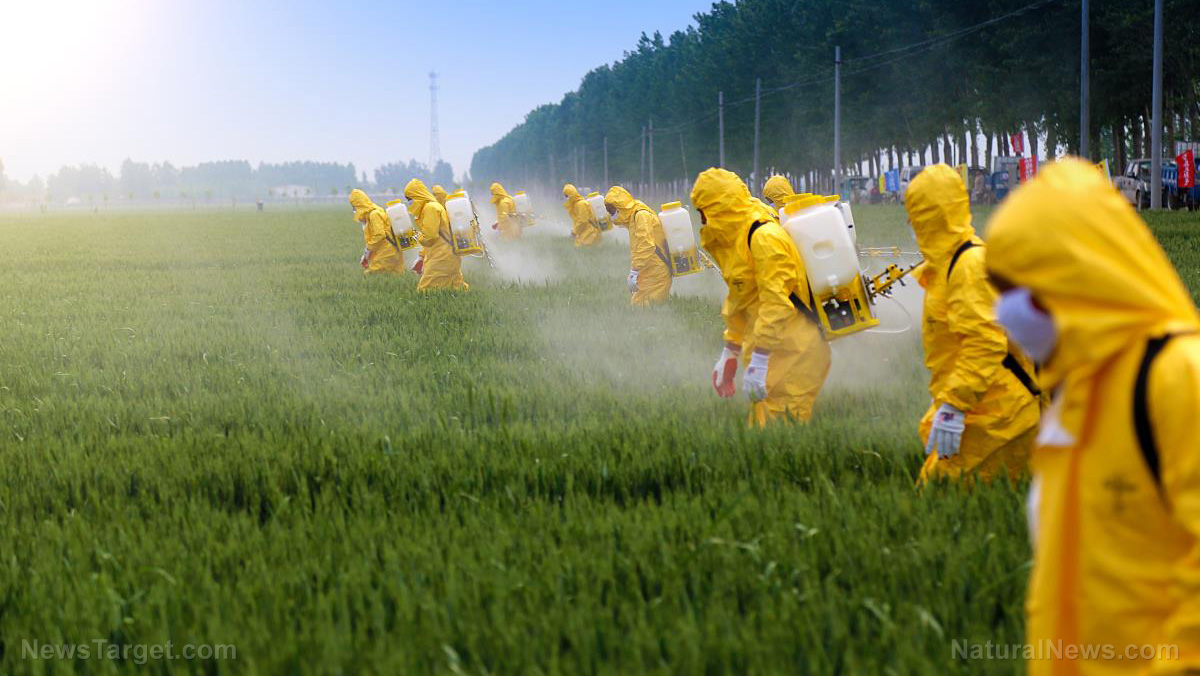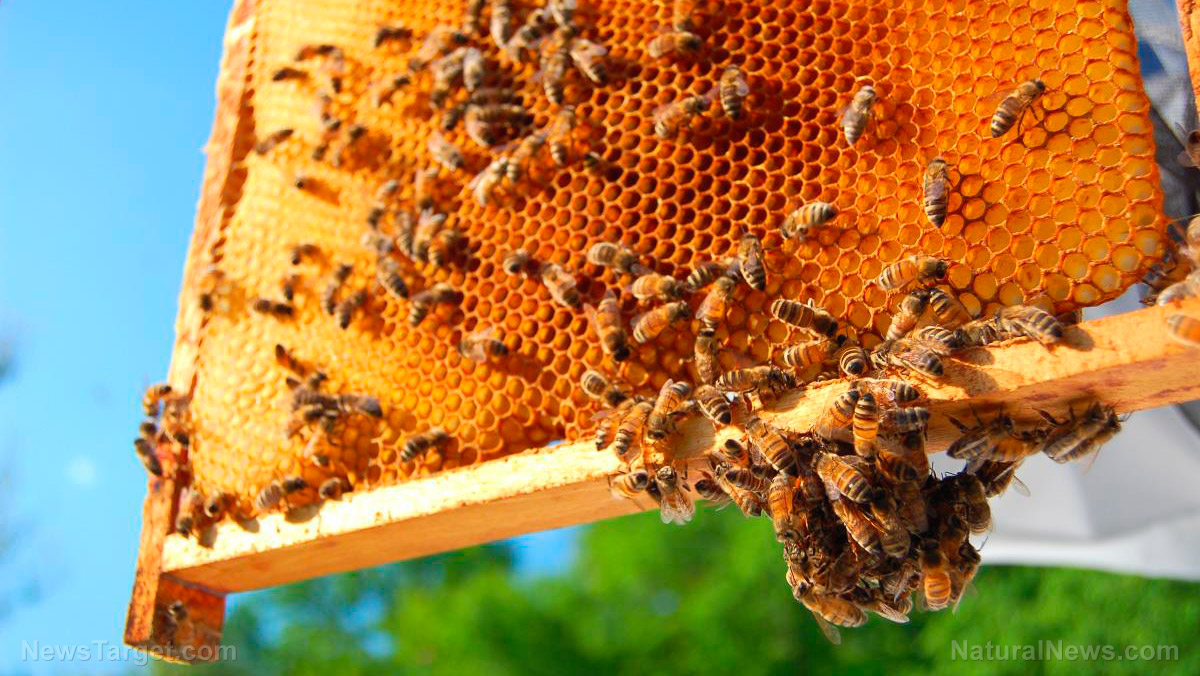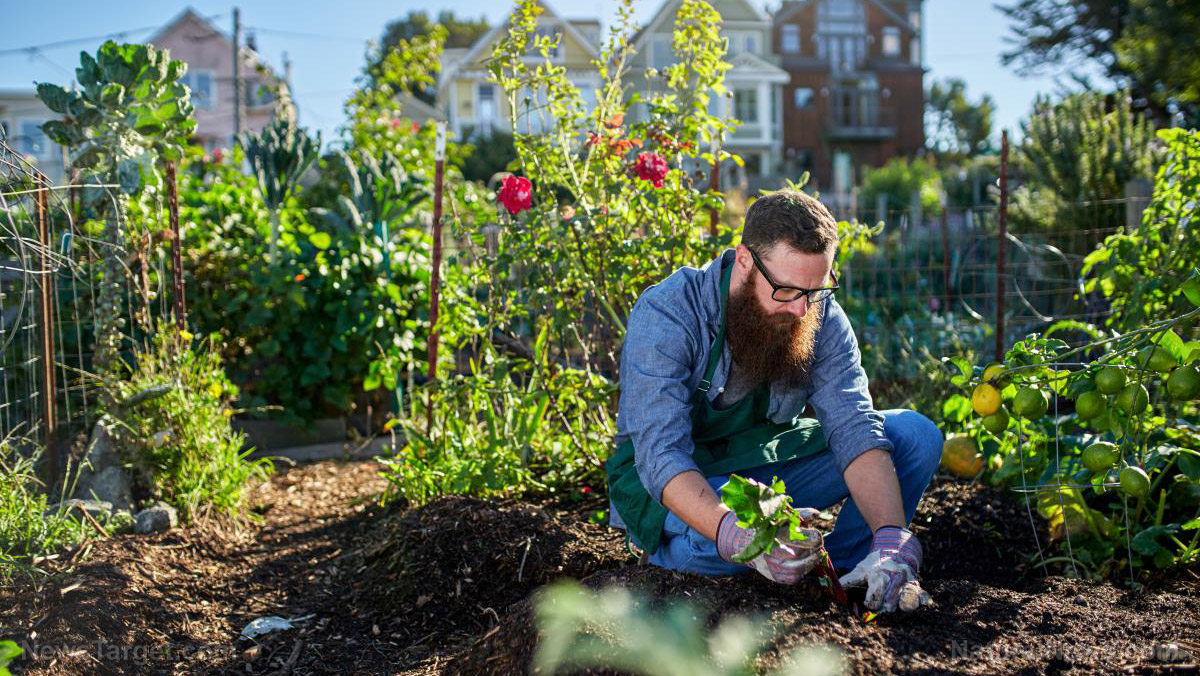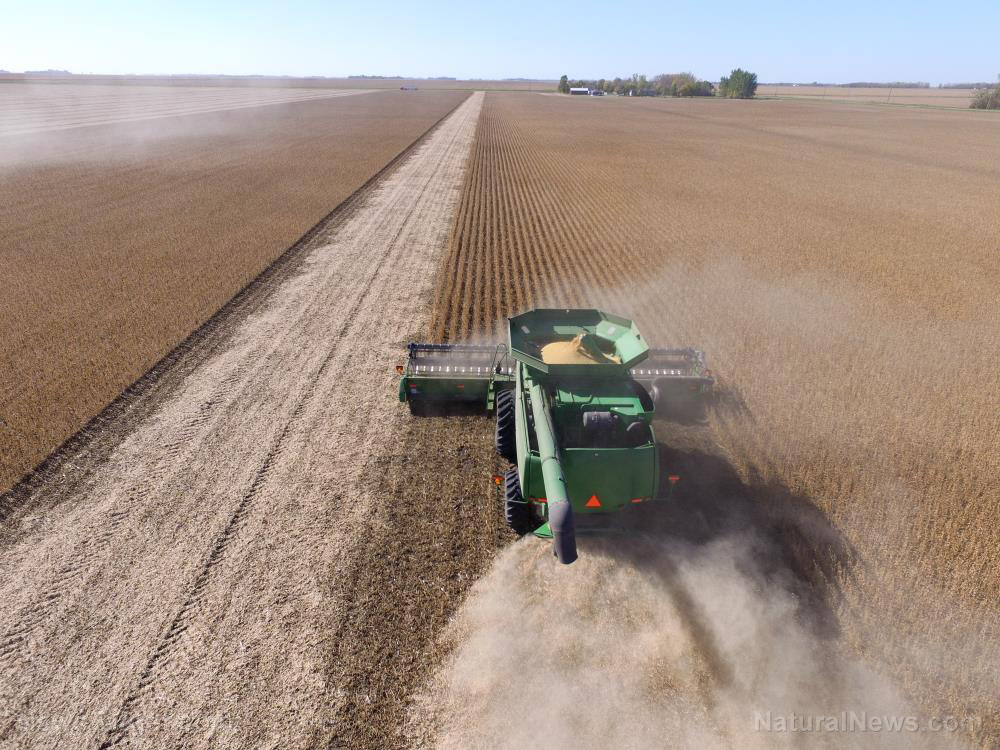Companion plants and crop rotation hold the answers to non-chemical treatments for superweeds and soil nutrient loss
01/23/2019 / By Michelle Simmons
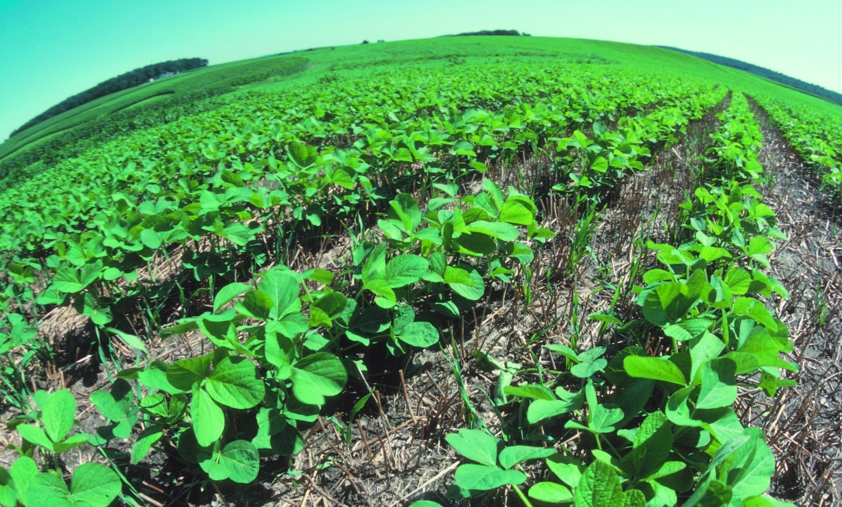
Weeds are described as the greatest threat to cultivated plants with regard to their yield. To control this looming threat, traditional agriculture relies heavily on chemicals time and again. However, to preserve food security, alternative natural methods are important must be explored to lessen weed pressure in agroecosystems. This idea comes at a time when there is a problem with too much pesticide residue, as well as other plant protection chemicals in the agricultural ecosystem. In addition to that, herbicide-resistant weed biotypes are noted to be slowly increasing.
To combat these problems, A group of researchers from the Wroclaw University of Environmental and Life Sciences in Poland and Colorado State University suggests a favorable method to manage weed growth without the use of chemicals. This is done by using crops that provide a negative phytotoxic influence on weeds. Researchers describe this natural occurrence as allelopathy, where specific plants have the ability to produce compounds that influence the growth of other plants in their surroundings.
“Managing weed infestations in cultivated fields by planting allelopathic crops is a sustainable, economic, and environmentally friendly approach that has been strongly articulated in the international arena,” the researchers wrote.
The research team conducted a comprehensive review on the allelopathic potential of the plant sorghum or Sorghum bicolor (L.) Moench in weed control, which has been widely studied because of its potential allelopathic effects. They found that sorghum produces a great number of compounds that contain allelopathic properties. In addition, these allelopathic compounds can be applied in the form of mixed plant extracts. Furthermore, the plant may be used to make natural weed control agents or bioherbicides.
Allelopathy (otherwise known as companion planting) is mainly used to control pests, but it can also make more efficient use of space and nutrients. Moreover, companion plants can be used to lure beneficial insects, such as parasitic wasps or predaceous flies. These plants help control pests in the field. Attractant plants typically have many small nectar-filled flowers, such as dill, fennel, Queen Anne’s lace, yarrow, and zinnia. On the other hand, there are companion plants that prevent pests by directly repelling them or by disguising as crops. These repellent plants include basil, coriander, mint, parsley, tansy, and thyme. Moreover, there are companion plants that work well together to utilize space or nutrients, like planting deep-rooted and shallow-rooted vegetables together to maximize the nutrients in all layers of the soil.
Meanwhile, crop rotation is a method to avoid planting the same crop in the same spot every year. This is a way of avoiding the use of pesticides. It is believed that this technique was practiced by farmers in the Middle East as early as 6,000 B.C. Crop rotation is done to prevent pests and diseases as well as replenish the nutrients in the soil. Moreover, it is important to remember that crops in the same family should not be put in the same location because crops in the same family are more prone to the same pests and diseases. The ideal interval for planting these in the same location is around three to five years. Moving crops also makes better use of soil nutrients as every crop consume a certain amount and combination of nutrients from the soil. The soil loses its nutrients when a crop is grown in the same location every year. (Related: Global food security at risk as crop biodiversity is lost.)
With these conditions, farmers contribute to ensuring food security for everyone. Food security is the condition wherein people have physical, social, and economic access to sufficient safe and nutritious food that meets the needs and food choices of people for an active and healthy life. However, this is being greatly affected because of a changing climate, growing population, increasing food prices, and environmental stressors.
Read more stories about farming and agriculture at Harvest.news.
Sources include:
CDN.DAL.ca [PDF]
Tagged Under:






